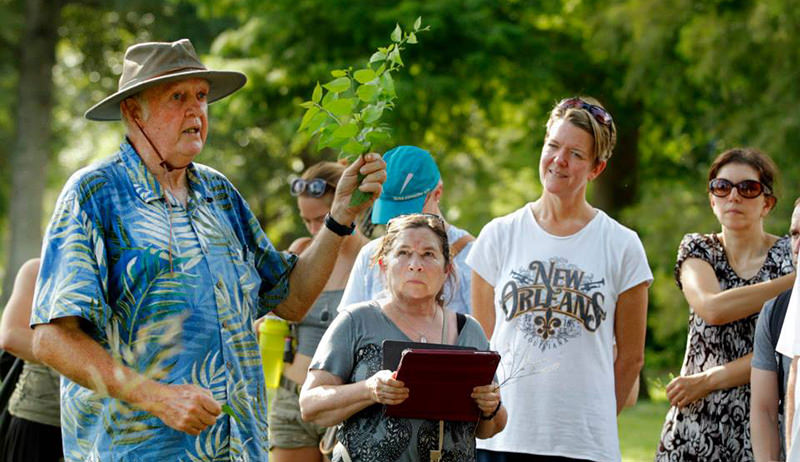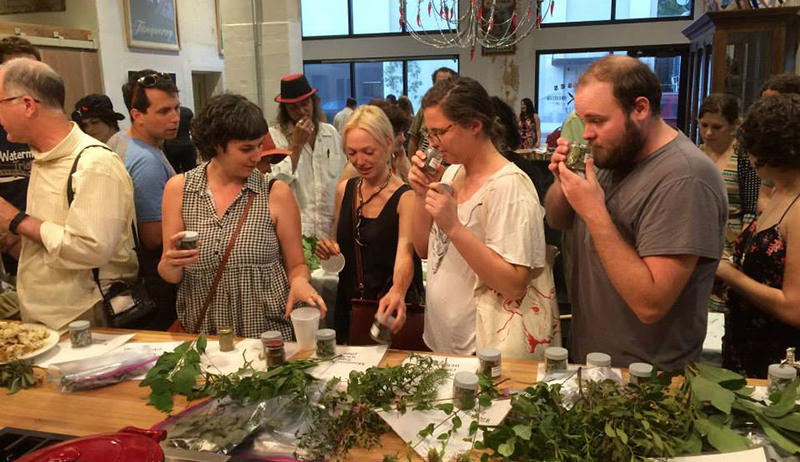
New Orleans might be known for gumbo and jazz, but the Big Easy is also taking locavore eating to a whole new level. For 30 days in June, challenge participants will eat only food that is grown, caught or raised within 200 miles of the city as part of the New Orleans Eat Local Challenge. Can you think of a tastier area of the country to take on such a charge?
Participants will have the opportunity to participate in a range of food-centric activities, from urban farm bicycle tours to a Gulf Reef Spearfishing Dinner; fish for, forage and grow their own food; and dine at many of the area’s fine restaurants. Here we talk with the challenge’s co-founders, Lee Stafford.
What are some of the unique things you are doing for June’s challenge?
In this 6th year of organizing the New Orleans Eat Local Challenge (I think we are the oldest and longest consecutive eat-local challenge in the U.S.), we are bringing in some new events to explore new foods found within the 200-mile radius. We will be spotlighting the indigenous foods of the area, and we are also examining the flavors of invasive species. Both rarely make it onto menus, and both are very viable food sources.
Why focus on natives and invasive species?

Native wild edibles truly represent the taste of this place. Most of what we see grown in the area, and considered local, are seeds that have come from Europe and Latin America. We are taking eating locally up a notch and exploring the plants that are often treated as weeds but that sustained native populations of the Gulf Coast area for thousands of years.
Invasive species are often prolific, and though they’re often snubbed, many are widely eaten in their native countries. Further, the surest path to eradication is mastication.
How else will you challenge participants to live differently?
We are also broadening our focus on the nutritional benefits of going 30 days without eating any processed foods. We will be organizing a 30 day health-and-fitness challenge in conjunction with the eat-local challenge that will include health screenings at the beginning and the end of June. To keep participants engaged and to help them achieve the most improvements to their health, we are providing a 30 day all-local-ingredient recipe plan and free nutrition counseling.
Why did you start the challenge in New Orleans?

In Louisiana, our farmers markets are smaller than in Seattle, and we aren’t in the forefront in the appreciation of our local agricultural resources. Further, there is also room for improvement in public health issues that would be boosted by adding healthy fresh produce to the diet. New Orleans is recognized as one of the top culinary tourism destinations in the world and should hold a spot at the forefront of the locavore movement.
You’re in your 6th year, what results have you seen?
New Orleans, in line with the rest of the U.S., is seeing a spike in interest in sustainable eating. When we started six years ago, it was extremely difficult to go 30 days eating only 100-percent local foods. Today we have an all-local butcher shop and a major grocery store carrying local meats and dairy products. Many smaller groceries and our food co-op are stocking more local foods. Our smallest local-foods market, Hollygrove Market and Farm, that was open two days a week when we started in 2011 is now open seven days a week and is considering opening a second location. Our registrations have remained steady at around 500 people over the last few years, but we are seeing that many people are doing the challenge on their own.
You even offer workshops on wild edibles, including eating insects. Tell us about these.
In 2013, a report by the United Nations’ Food and Agriculture Organization recognized that insects were a sustainable source of animal protein and urged all nations to promote their consumption. Insects are eaten all over the world but are taboo in the U.S. We are making an effort to show that they are a very practical protein source and that the taboo is unfounded. On a diet limited to foods available within 200 miles sometimes you have to step out of your comfort zone and those are the most fun moments.




